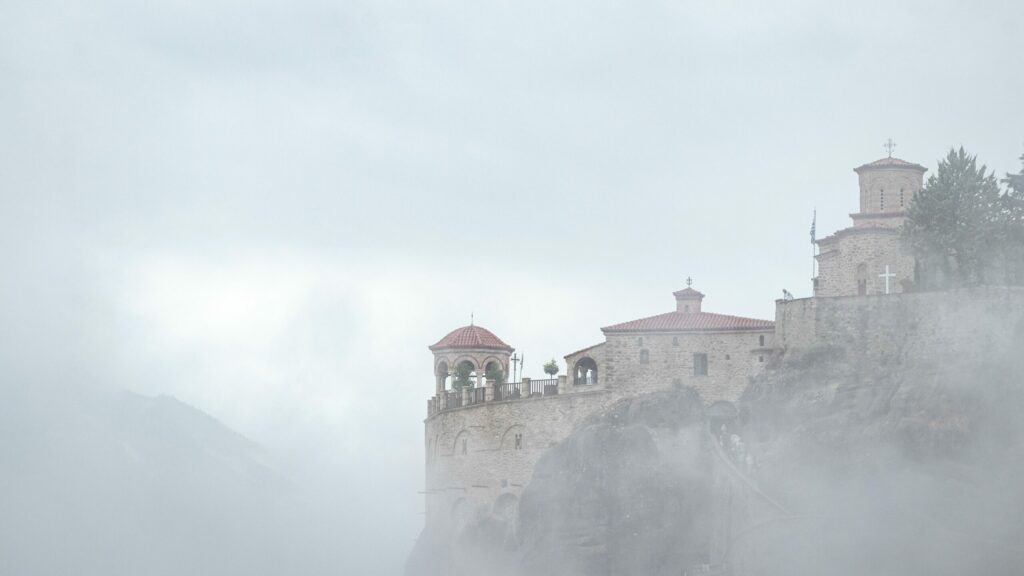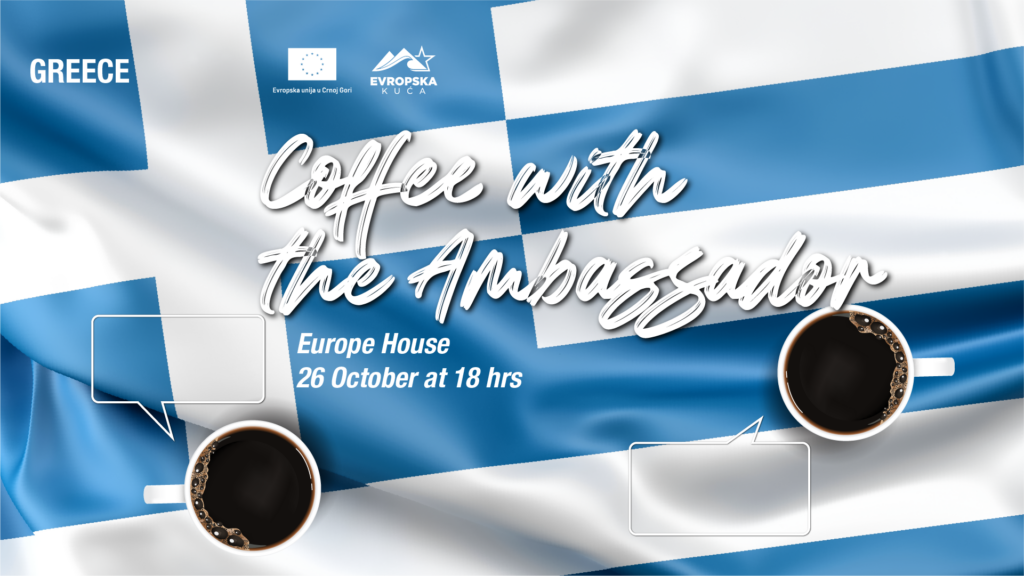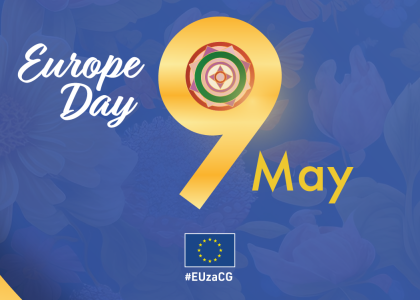When contemplating from which angle to begin writing about Greece, it seems that no matter where one begins, an endless expanse of myths and culture lies ahead. It is truly a Sisyphean task, one might say.

You see, when we talk about Greece, we are talking about ourselves because the entire world is Greece; our myths are Greek myths, our philosophy is Greek philosophy, and our democracy is Greek democracy. So how should one start writing?
It’s perhaps best to cut the Gordian knot with a sword and start from Olympus.
Olympus is the mythological and spiritual cradle of Greece, as Greece is the spiritual cradle of the entire civilisations, including our own. In fact, this Mediterranean region has shaped our understanding of reality.
Greek muses have inspired art, their Titan Prometheus gave fire and knowledge to humanity, and their philosophers Aristotle, Socrates, Plato, Diogenes, and others taught us how to shape and structure our society.

This is the land of the Parthenon, Delphi, Epidaurus on one side, and Mount Athos rising from the water, the Meteora Monastery, and the Monastery of St. John the Theologian on Patmos on the other.

Between them modern Greece shines, nestled and woven by the Sun, olives, and seas.
I’ll have a Mastiha, and after let’s dance the Sirtaki…
Sirtaki is a popular dance of Greek origin. The choreography was created by Giorgos Provias, and the music was composed by Mikis Theodorakis in 1964 for the film “Zorba the Greek,” based on Nikos Kazantzakis‘ novel. Sirtaki is a diminutive of “sirtos,” a traditional Greek folk dance. Almost every island or group of islands has its own variation of sirtos, like “Sirtos Skiros” or “Kaniotiko” (Sirtos from Chania, Crete).
On one of these islands, known as Santorini, blue domes and white walls shimmer in the sun’s embrace.
On the edge of the Aegean Sea, you’ll find the picturesque waterfront district of the Little Venice of Mykonos. This gem is filled with cafes, taverns, art galleries, and charming Greek fishing houses with balconies dating back to the 18th century.
All around in the air, you can smell the scent of coffee, and if you follow that aroma carried by the breeze, you’re sure to stumble upon a “Kafenio” (καφενεíο).
A Kafenio is a Greek café that typically serves various types of Greek coffee, as well as frappé, beer, retsina, and ouzo. Most offer appetisers or snacks. Kafenia are traditionally family-run businesses, and their design is usually minimalistic.

While we sip coffee brewed in a cezve (how else?) we’ll be having a conversation with the Ambassador of the Republic of Greece to Montenegro on 26 October at 18:00 o’clock at Europe House during the event “Coffee with Ambassadors.”
“Coffee with Ambassadors” is the name of the new activity through which Europe House opens its doors to citizens, allowing them to get to know representatives of EU member states in Montenegro and learn more about their countries.




